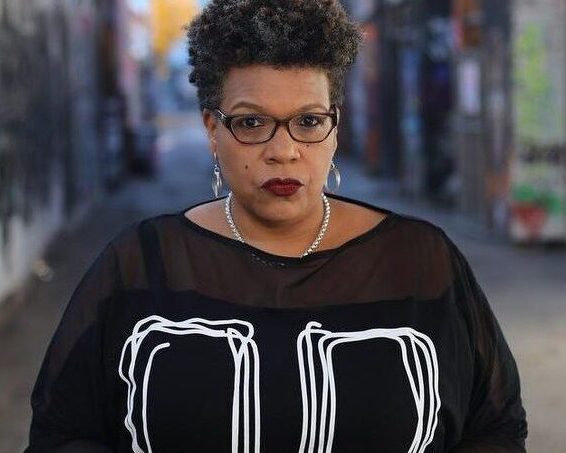The Toronto Star interviews Tanya Sharpe about Statistics Canada’s 2019 homicide report, which collects race-based data for the first time
Categories: Tanya Sharpe
Associate Professor Tanya Sharpe, director of The Centre for Research and Innovation for Black Survivors of Homicide Victims (The CRIB), was interviewed by the Toronto Star for an article on Statistics Canada’s 2019 homicide report.
Last year was the first time that Statistics Canada started collecting race-based data on victims of homicide. The results of its 2019 survey, released last month, found that one-third of homicide victims were visible minorities, 44% of whom were identified as Black. Black people account for 3.4% of Canada’s total population. “This means Black people are 4.3 times more likely to be victims of homicide in Canada,” writes mental health reporter Nadine Yousif.
In the Toronto Census Metropolitan Area, 51% of the population are visible minorities, yet visible minorities make up 75% of the homicide victims there.
Sharpe points out that we now have statistics to back up what Black communities have known for decades: in Canada, Black people are disproportionately victims of homicide.
“This is a pattern of inequity that has created a pandemic of grief, and we have a responsibility to address those structures that are contributing to this,” said Dr. Tanya Sharpe, an associate professor at the University of Toronto and the Factor-Inwentash Chair in Social Work in the Global Community.
Sharpe said the stark homicide rates have had a “devastating impact” on the mental, physical and spiritual well-being of communities of colour who are disproportionately forced to cope with the murder of their loved ones. She estimates that, on average, each homicide leaves behind seven to 10 friends and family members struggling with grief.
“It often presents itself in the form of complicated, elongated grief of emotional numbing, lack of motivation and traumatic stress reactions, depression, hypervigilance, anxiety and insomnia,” Sharpe said.
> Click here to read the full article
Photo, top: Dr. Tanya Sharpe, via the Toronto Star
Related:
- CBC’s Metro Morning speaks to Tanya Sharpe about Trump’s comments on white supremacy
- Dean Dexter Voisin and Associate Professor Tanya Sharpe discuss the systemic racism that has contributed to recent events in both Canada and the US
- Q&A: University Affairs interviews Associate Professor Tanya Sharpe about her Instagram Live series 30@8:30